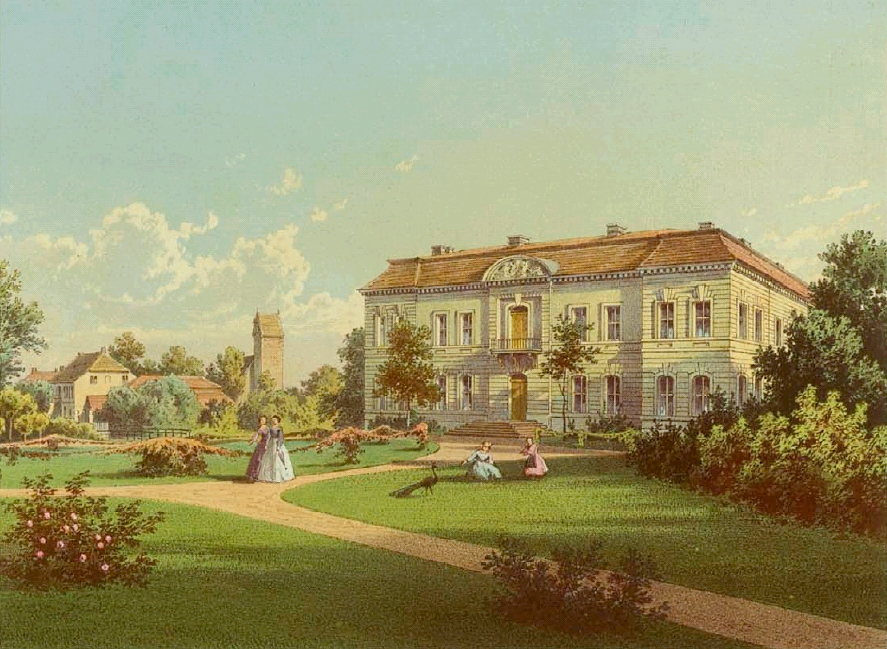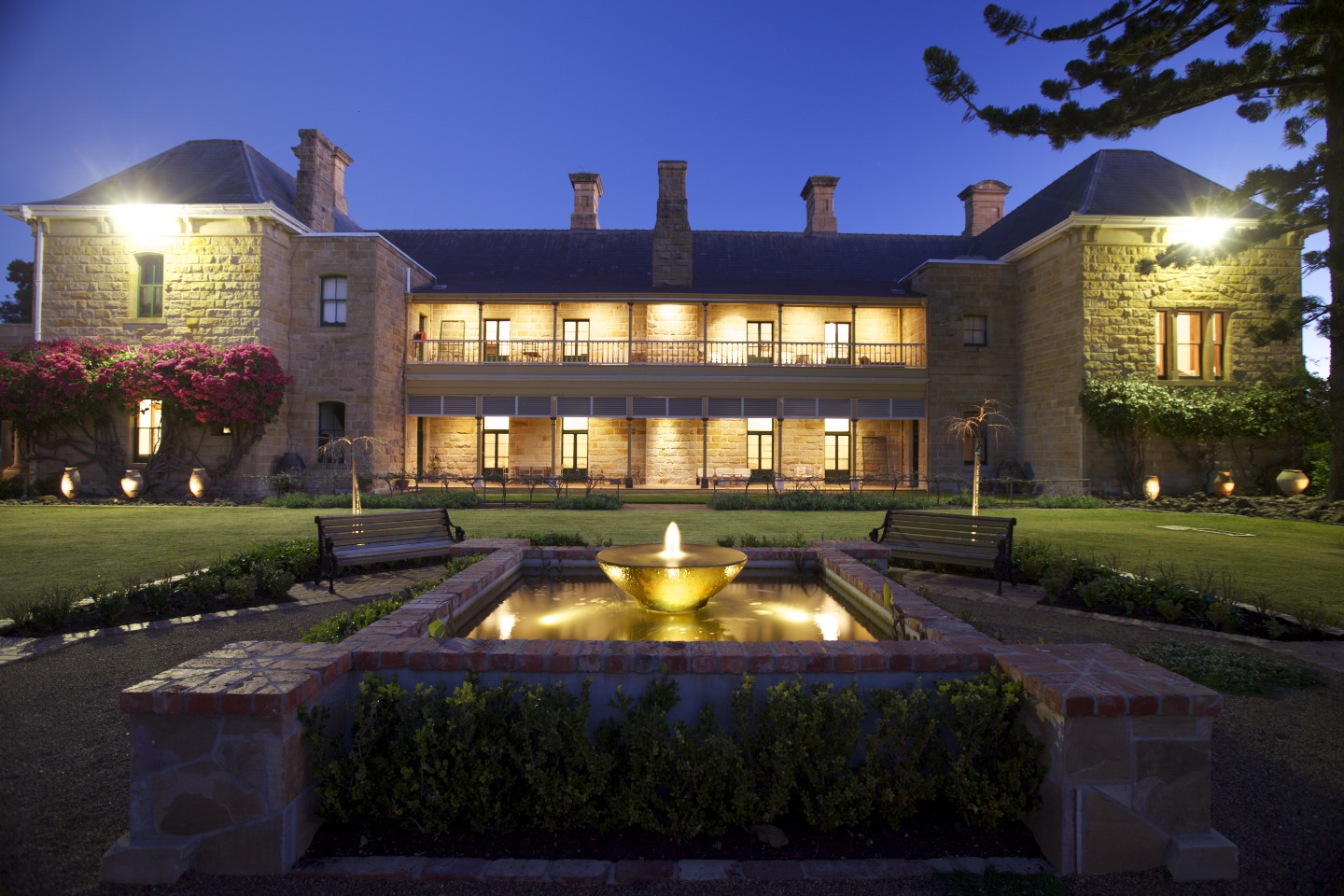|
Ludwig Leichhardt
Friedrich Wilhelm Ludwig Leichhardt (; 23 October 1813 – ), known as Ludwig Leichhardt, was a German explorer and naturalist, most famous for his exploration of northern and central Australia.Ken Eastwood,'Cold case: Leichhardt's disappearance', Australian Geographic, AG Online, accessed online 7 August 2010 Early life Leichhardt was born on 23 October 1813 in the hamlet of Sabrodt near the village of Trebatsch, today part of Tauche, in the Prussian Province of Brandenburg (now within the Federal Republic of Germany). He was the fourth son and sixth of the eight children of Christian Hieronymus Matthias Leichhardt, farmer and royal inspector and his wife Charlotte Sophie, ''née'' Strählow. Between 1831 and 1836 Leichhardt studied philosophy, language, and natural sciences at the Universities of Göttingen and Berlin but never received a university degree. He moved to England in 1837, continued his study of the natural sciences at various places, including the British Museu ... [...More Info...] [...Related Items...] OR: [Wikipedia] [Google] [Baidu] |
Tauche
Tauche (Lower Sorbian: ''Tuchow'') is a municipality on both sides of the river Spree in the Oder-Spree district, in Brandenburg, Germany. The large municipality consists of 12 parts (German: ''Ortsteile'') or villages with other local parts/settlements, respectively. The seat of the municipal administration is located in the village of the same name. In 1813, explorer of Australia and naturalist, Ludwig Leichhardt, was born in the hamlet of Sabrodt near Trebatsch. That made, in 1998, the federal state of Brandenburg award the village of Trebatsch the additional name "Leichhardt-Gemeinde" (Leichhardt Municipality).Awarding the additional name "Leichhardt-Gemeinde": Bekanntmachung des Ministeriums des Innern vom 27. März 1998. Amtsblatt für Brandenburg Gemeinsames Ministerialblatt für das Land Brandenburg, 9. Jahrgang, Nummer 15, 22. April 1998, S.438. Author Günter de Bruyn has been living since 1969 in Görsdorf. In Kossenblatt there is a castle, ''Schloss Kossenblatt'', ... [...More Info...] [...Related Items...] OR: [Wikipedia] [Google] [Baidu] |
New South Wales
New South Wales (commonly abbreviated as NSW) is a States and territories of Australia, state on the Eastern states of Australia, east coast of :Australia. It borders Queensland to the north, Victoria (state), Victoria to the south, and South Australia to the west. Its coast borders the Coral Sea, Coral and Tasman Seas to the east. The Australian Capital Territory and Jervis Bay Territory are Enclave and exclave, enclaves within the state. New South Wales' state capital is Sydney, which is also Australia's most populous city. , the population of New South Wales was over 8.3 million, making it Australia's most populous state. Almost two-thirds of the state's population, 5.3 million, live in the Greater Sydney area. The Colony of New South Wales was founded as a British penal colony in 1788. It originally comprised more than half of the Australian mainland with its Western Australia border, western boundary set at 129th meridian east in 1825. The colony then also includ ... [...More Info...] [...Related Items...] OR: [Wikipedia] [Google] [Baidu] |
St James' Church, Sydney
St James' Church, commonly known as St James', King Street, is an Australian heritage-listed Anglican parish church located at 173 King Street, in the Sydney central business district in New South Wales. Consecrated in February 1824 and named in honour of St James the Great, it became a parish church in 1835. Designed in the style of a Georgian town church by the transported convict architect Francis Greenway during the governorship of Lachlan Macquarie, St James' is part of the historical precinct of Macquarie Street which includes other early colonial era buildings such as the World Heritage listed Hyde Park Barracks. The church remains historically, socially and architecturally significant. The building is the oldest one extant in Sydney's inner city region. It was added to the New South Wales State Heritage Register on 3 September 2004; and was listed on the (now defunct) Register of the National Estate. The church has maintained its special role in the city's religi ... [...More Info...] [...Related Items...] OR: [Wikipedia] [Google] [Baidu] |
John Gilbert (naturalist)
John Gilbert (c. 1812 – 28 June 1845) was an English natural history, naturalist and exploration, explorer. Gilbert is often cited in the earliest descriptions of many Australian animals, many of which were unrecorded in European literature, and some of these are named for him by those authors. Gilbert was sent to the newly founded Swan River Colony and made collections and notes on the unique birds and mammals of the surrounding region. He later joined expeditions to remote parts the country, continuing to make records and collections until he was killed during a violent altercation at Mitchell River (Queensland) on the Cape York Peninsula. Early life John Gilbert was born in about 1812 in Newington Butts, south London, England, and was christened on 25 October 1812 at Spa Fields Lady Huntingdon's, Clerkenwell, London. His father was William, and his mother was Ann, who was from nearby villages in Kent. Gilbert was a taxidermist for the Zoological Society of London, where he ... [...More Info...] [...Related Items...] OR: [Wikipedia] [Google] [Baidu] |
Wagga Wagga Express
The ''Wagga Wagga Express and Murrumbidgee District Advertiser'' was an English language newspaper published in Wagga Wagga, New South Wales. It was the first newspaper to be published in Wagga Wagga, and was in circulation from 1858 to 1939. History The newspaper was first published on 30 October 1858 by James Thorburn Brown, predating '' The Daily Advertiser'' by ten years. The paper changed name several times and ceased publication in 1939. The ''Wagga Wagga Express'' offices were destroyed by fire on 14 February 1892 with only the account books being rescued from the blaze. Digitisation The newspaper has been digitised as part of the Australian Newspapers Digitisation Program project hosted by the National Library of Australia. See also * List of newspapers in New South Wales * List of newspapers in Australia This is a list of newspapers in Australia. ''The Sydney Morning Herald'' is the most-read newspaper in Australia, with over eight million readers as of 202 ... [...More Info...] [...Related Items...] OR: [Wikipedia] [Google] [Baidu] |
Seven Emu Station
Pungalina-Seven Emu Sanctuary is a 3060 km2 private protected area in the Northern Territory of Australia. It is managed by the Australian Wildlife Conservancy (AWC) which purchased Pungalina Station in 2009, with some assistance from the Wildlife Australia Fund. It adjoins the Gulf of Carpentaria near the border with Queensland, lying in the Gulf Coastal bioregion. The reserve is bordered by Calvert Hills and Wollogorang Stations to the south and east. The nearest town is Borroloola, 150 km to the west. History The reserve is made up of two separate pastoral properties, Pungalina and Seven Emu. Pungalina is a former cattle station while Seven Emu is currently owned by a Garawa man, Frank Shadforth, who has subleased of the property to AWC for wildlife conservation since 2009. Seven Emu has of coastline and links Pungalina to the coast. The arrangement is a historic partnership between a non-profit, private conservation organisation and an Indigenous landh ... [...More Info...] [...Related Items...] OR: [Wikipedia] [Google] [Baidu] |
Cattle Station
In Australia and New Zealand, a cattle station is a large farm ( station is equivalent to the American ranch), the main activity of which is the rearing of cattle. The owner of a cattle station is called a '' grazier''. The largest cattle station in the world is Anna Creek Station in South Australia, which covers an area of . Improvements Each station has a homestead where the property owner or the manager lives. Nearby cottages or staff quarters provide housing for the employees. Storage sheds and cattle yards are also sited near the homestead. Other structures depend on the size and location of the station. Isolated stations will have a mechanic's workshop, schoolroom, a small general store to supply essentials, and possibly an entertainment or bar area for the owners and staff. Water may be supplied from a river, bores or dams, in conjunction with rainwater tanks. Nowadays, if rural mains power is not connected, electricity is typically provided by a generator, although ... [...More Info...] [...Related Items...] OR: [Wikipedia] [Google] [Baidu] |
Darling Downs
The Darling Downs is a farming region on the western slopes of the Great Dividing Range in southern Queensland, Australia. The Downs are to the west of South East Queensland and are one of the major regions of Queensland. The name was generally applied to an area approximating to that of the Condamine River catchment upstream of Condamine, Queensland, Condamine township but is now applied to a wider region comprising the Southern Downs Regional Council, Southern Downs, Western Downs Regional Council, Western Downs, Toowoomba Regional Council, Toowoomba and Goondiwindi Regional Council, Goondiwindi local authority areas. The name Darling Downs was given in 1827 by Allan Cunningham (botanist), Allan Cunningham, the first European explorer to reach the area and recognises the then Governor of New South Wales, Ralph Darling. The region has developed a strong and diverse agricultural industry largely due to the extensive areas of vertosols (cracking clay soils), particularly black ve ... [...More Info...] [...Related Items...] OR: [Wikipedia] [Google] [Baidu] |
Jimbour Homestead
Jimbour is a heritage-listed homestead on one of the earliest stations established on the Darling Downs, Queensland, Australia, It is important in demonstrating the pattern of early European exploration and pastoral settlement in Queensland, Australia. The building is associated with the development of the Darling Downs and of the pastoral industry in Queensland and is important in demonstrating the wealth and ambition of early Queensland pastoralists. Jimbour House was an ambitious structure in terms of size, style and finish and was intended to support the social and political aspirations of Joshua Peter Bell, an important politician and businessman as well as grazier. It is unique in Queensland as the only genuinely grand country house in the English manner to be built in the state. Other substantial stone homesteads of the era, such as Talgai, Glengallan and Westbrook, came nowhere near to rivalling Jimbour in either size or opulence. History The property was fir ... [...More Info...] [...Related Items...] OR: [Wikipedia] [Google] [Baidu] |
Darwin, Northern Territory
Darwin ( Larrakia: ') is the capital city of the Northern Territory, Australia. The city has nearly 53% of the Northern Territory's population, with 139,902 at the 2021 census. It is the smallest, wettest, and most northerly of the Australian capital cities and serves as the Top End's regional centre. Darwin's proximity to Southeast Asia makes it a key link between Australia and countries such as Indonesia and Timor-Leste. The Stuart Highway begins in Darwin and extends southerly across central Australia through Tennant Creek and Alice Springs, concluding in Port Augusta, South Australia. The city is built upon a low bluff overlooking Darwin Harbour. Darwin's suburbs extend to Lee Point in the north and to Berrimah in the east. The Stuart Highway extends to Darwin's eastern satellite city of Palmerston and its suburbs. The Darwin region, like much of the Top End, has a tropical climate, with a wet and dry season. A period known locally as "the build up" leading up ... [...More Info...] [...Related Items...] OR: [Wikipedia] [Google] [Baidu] |







